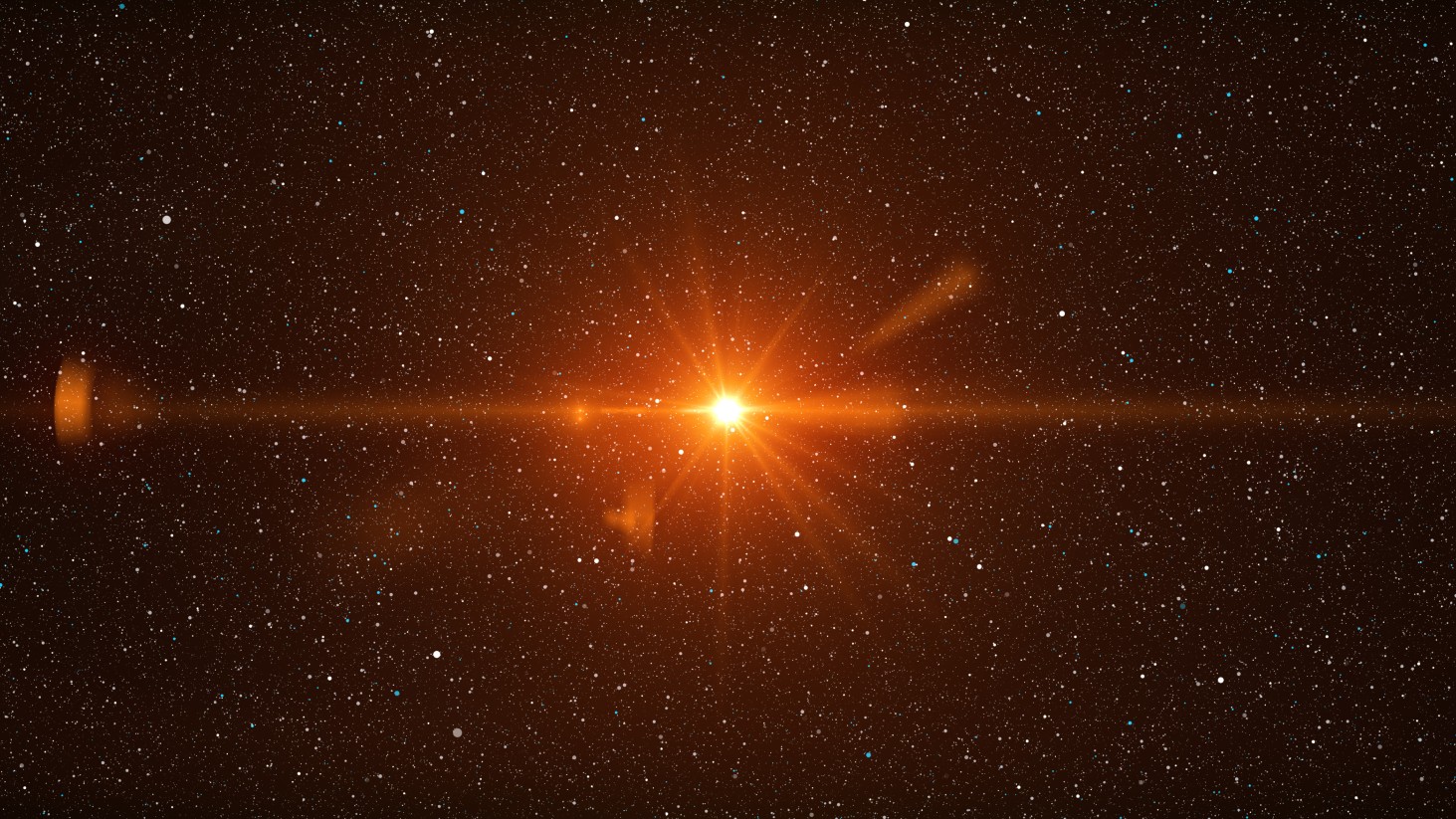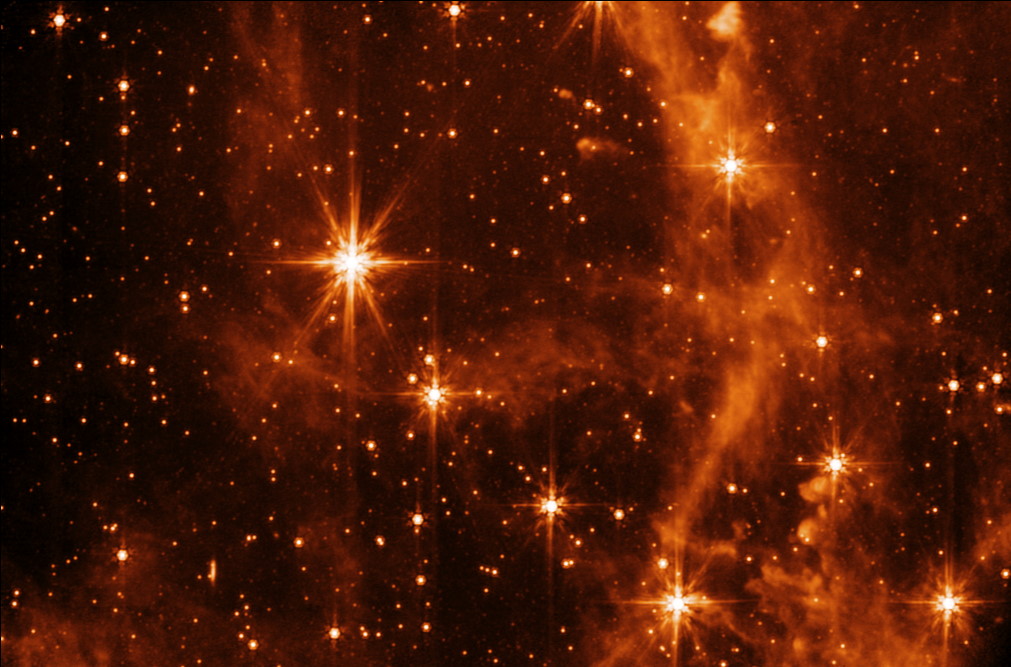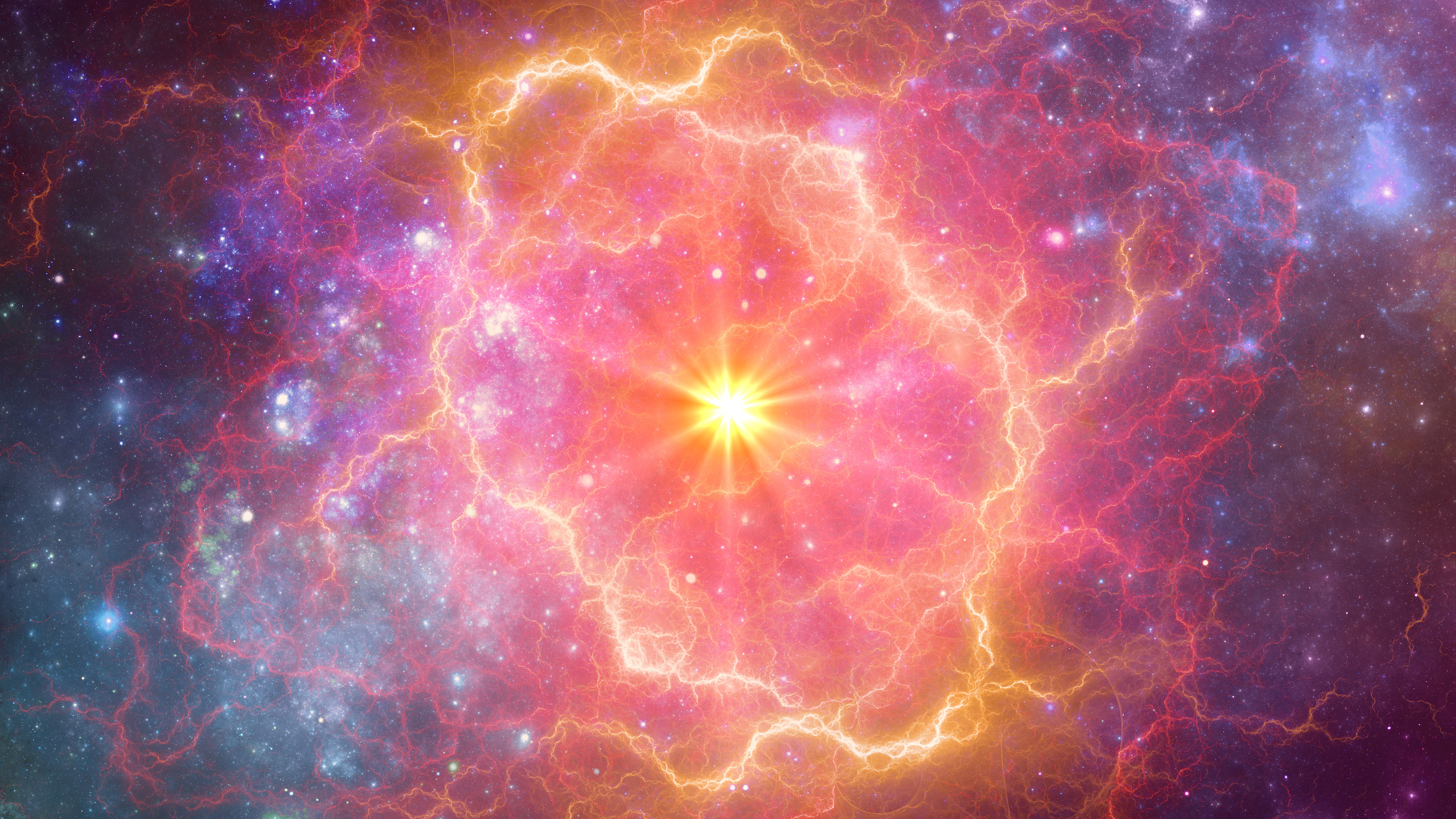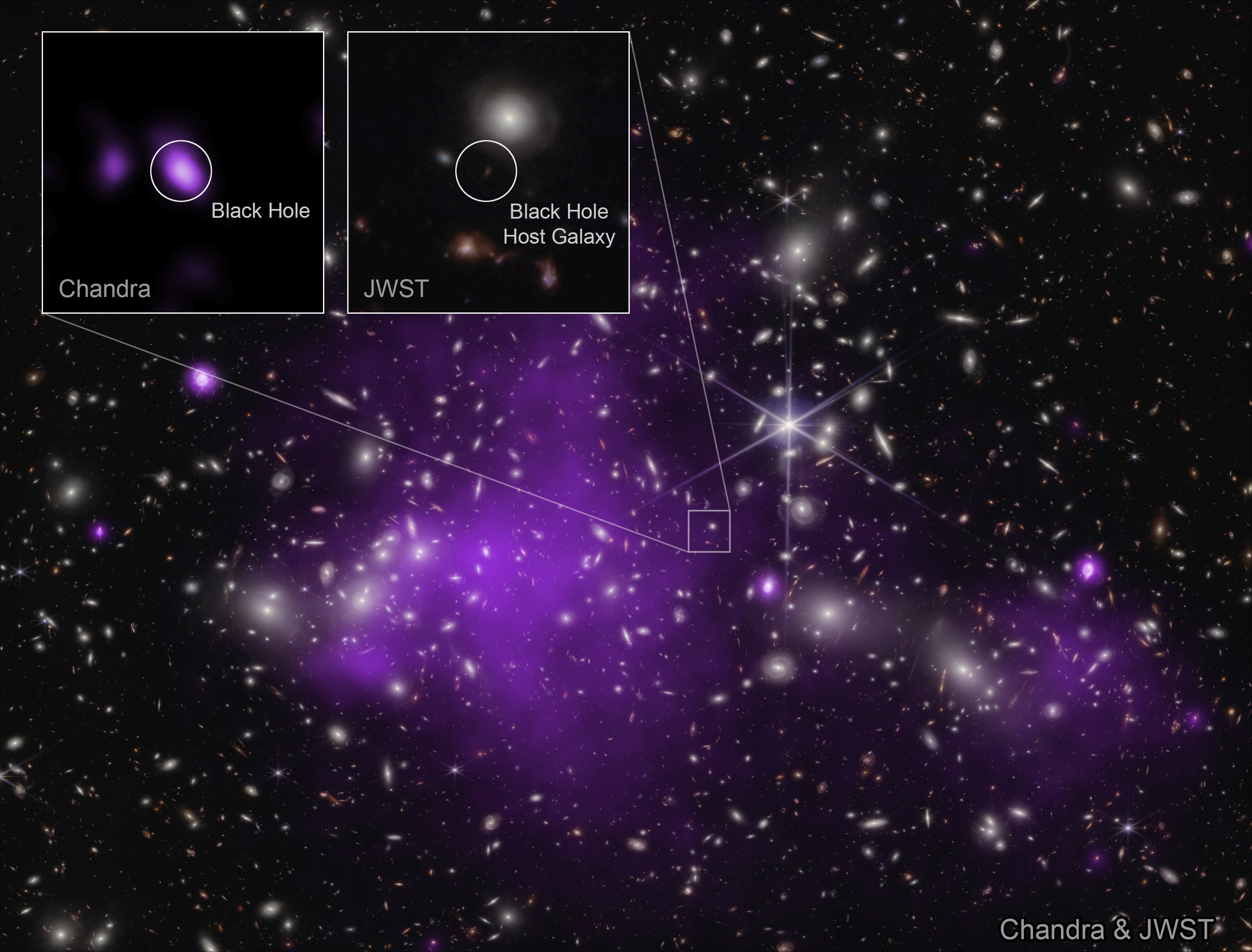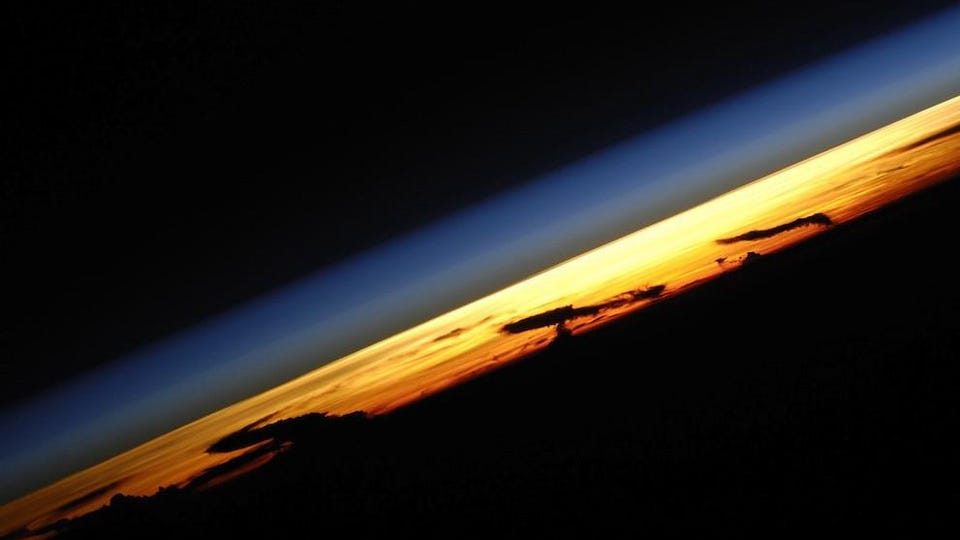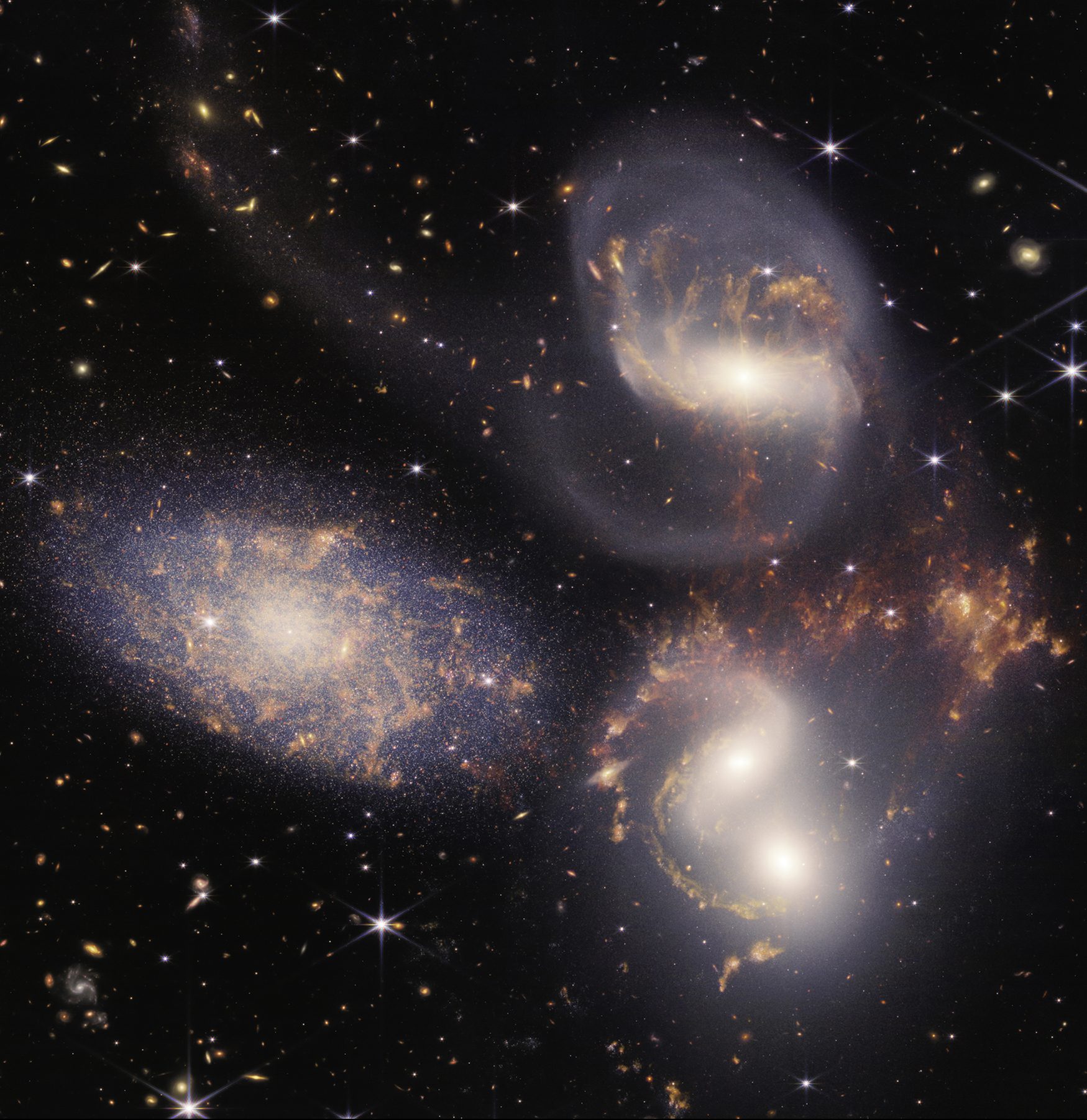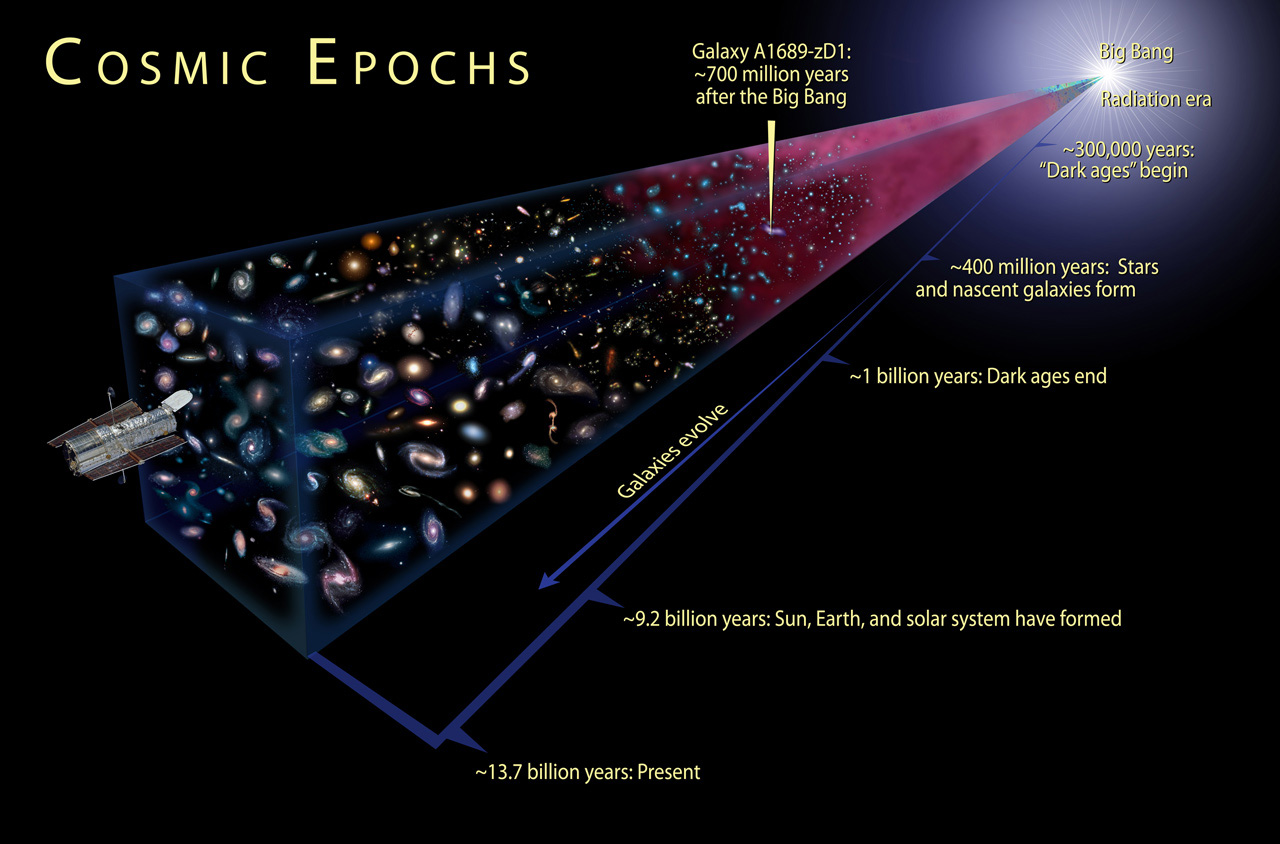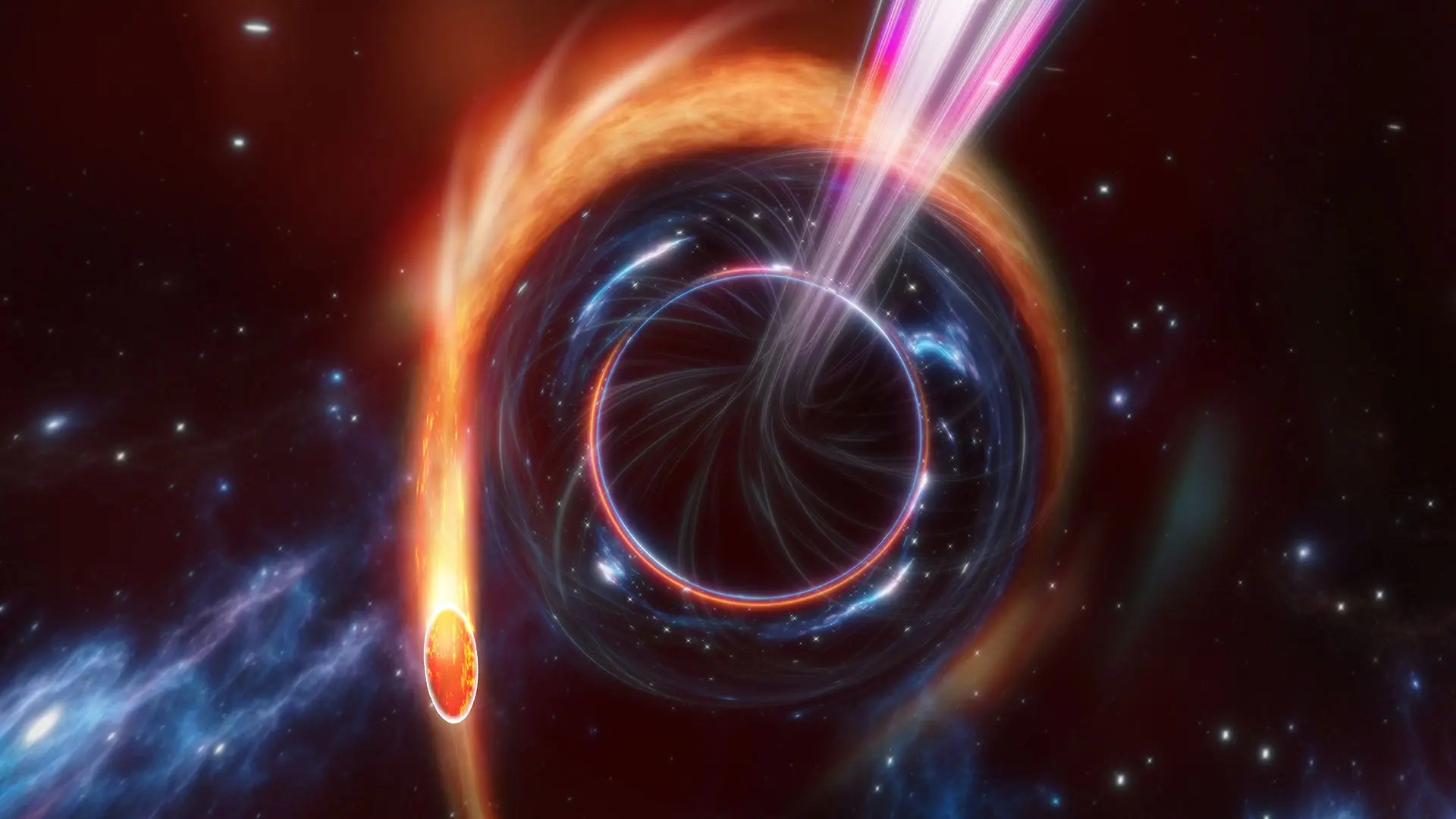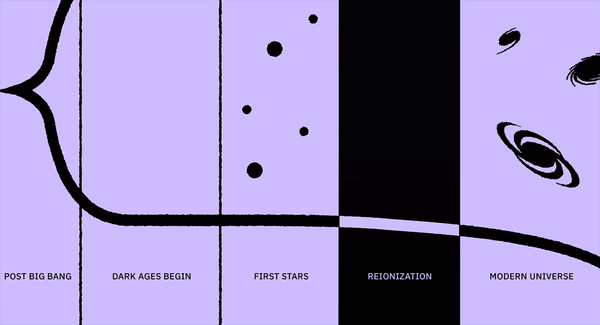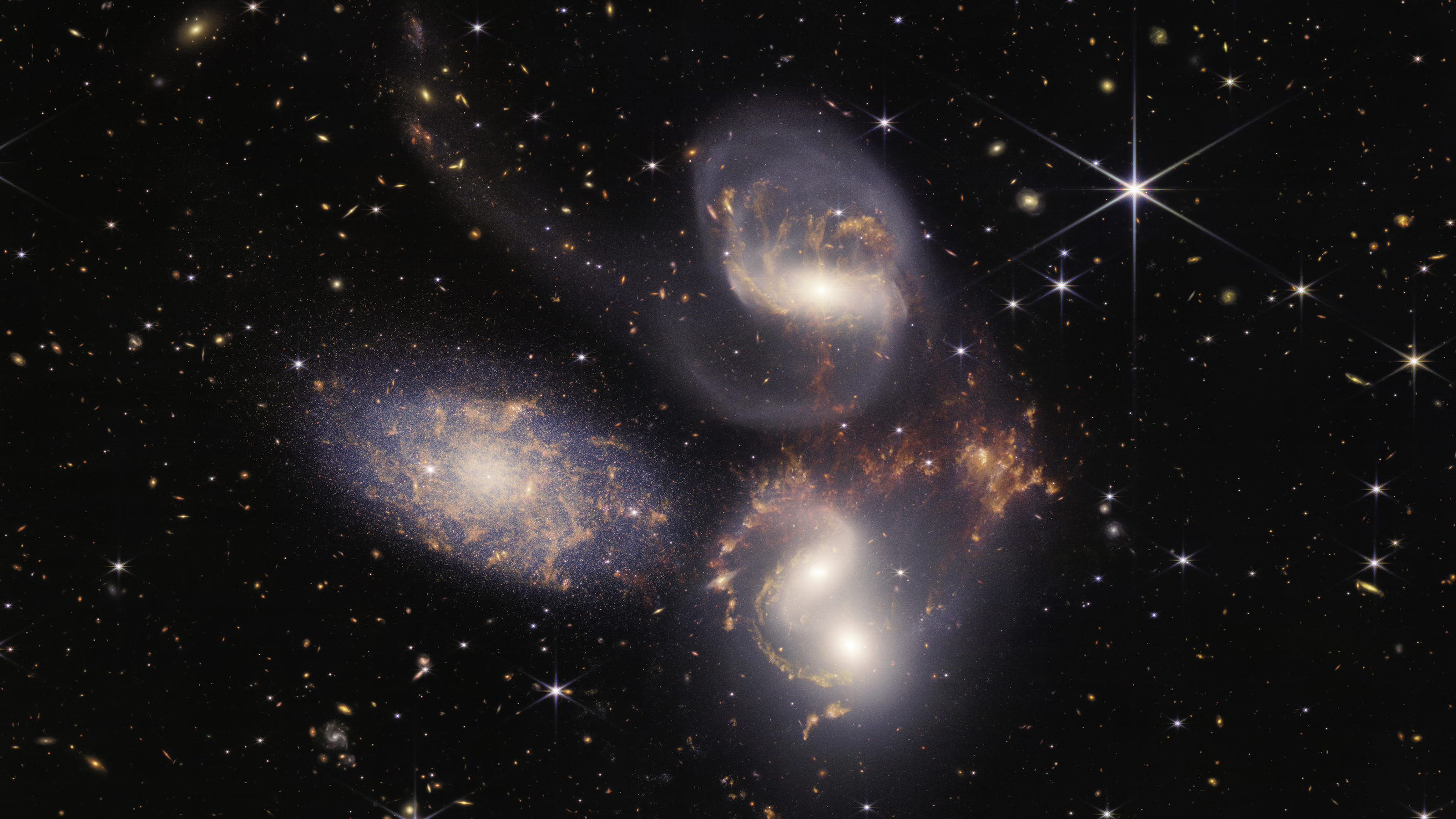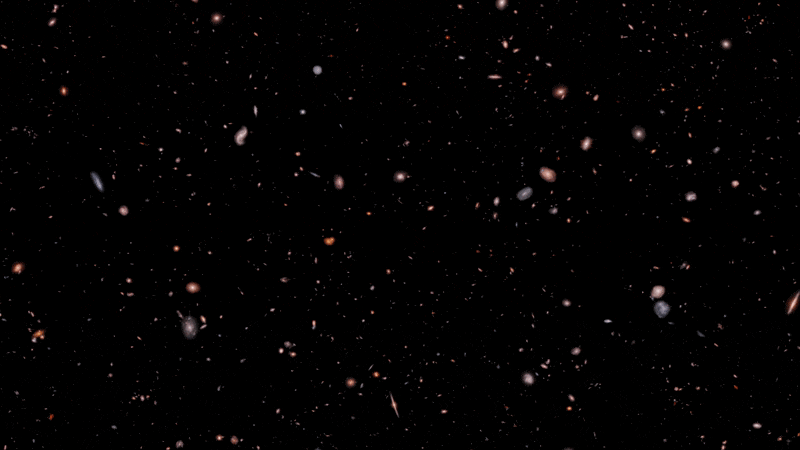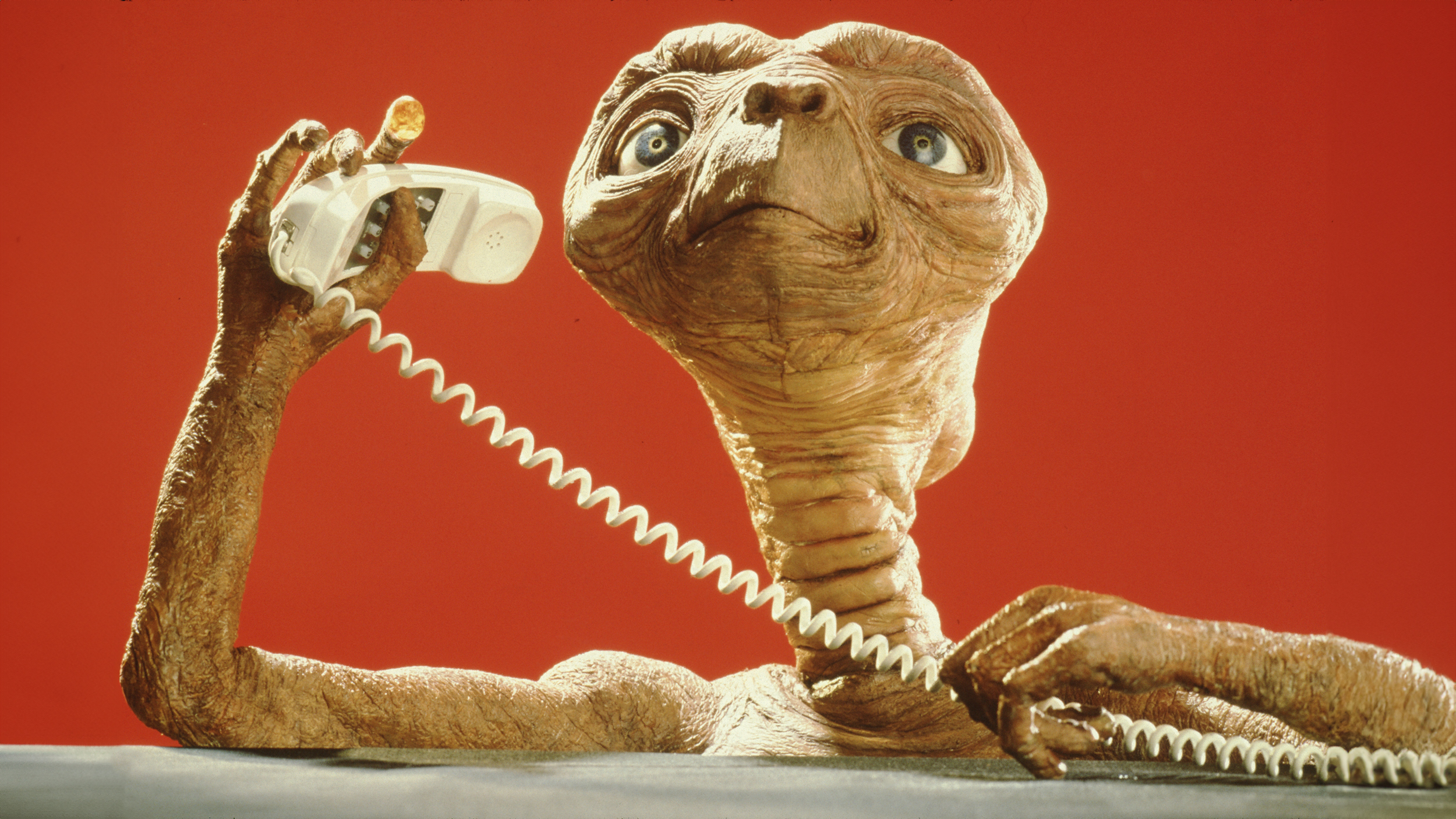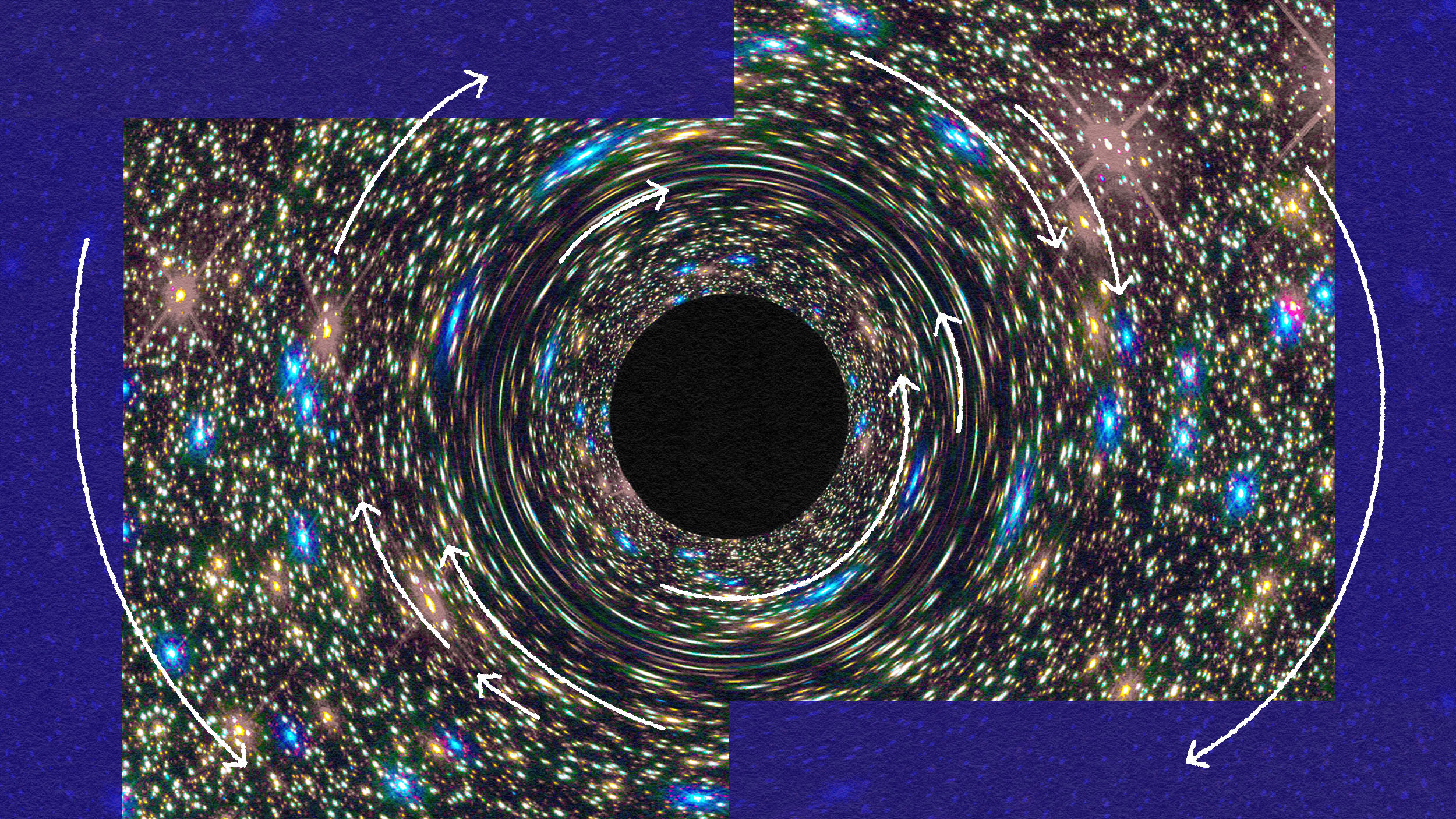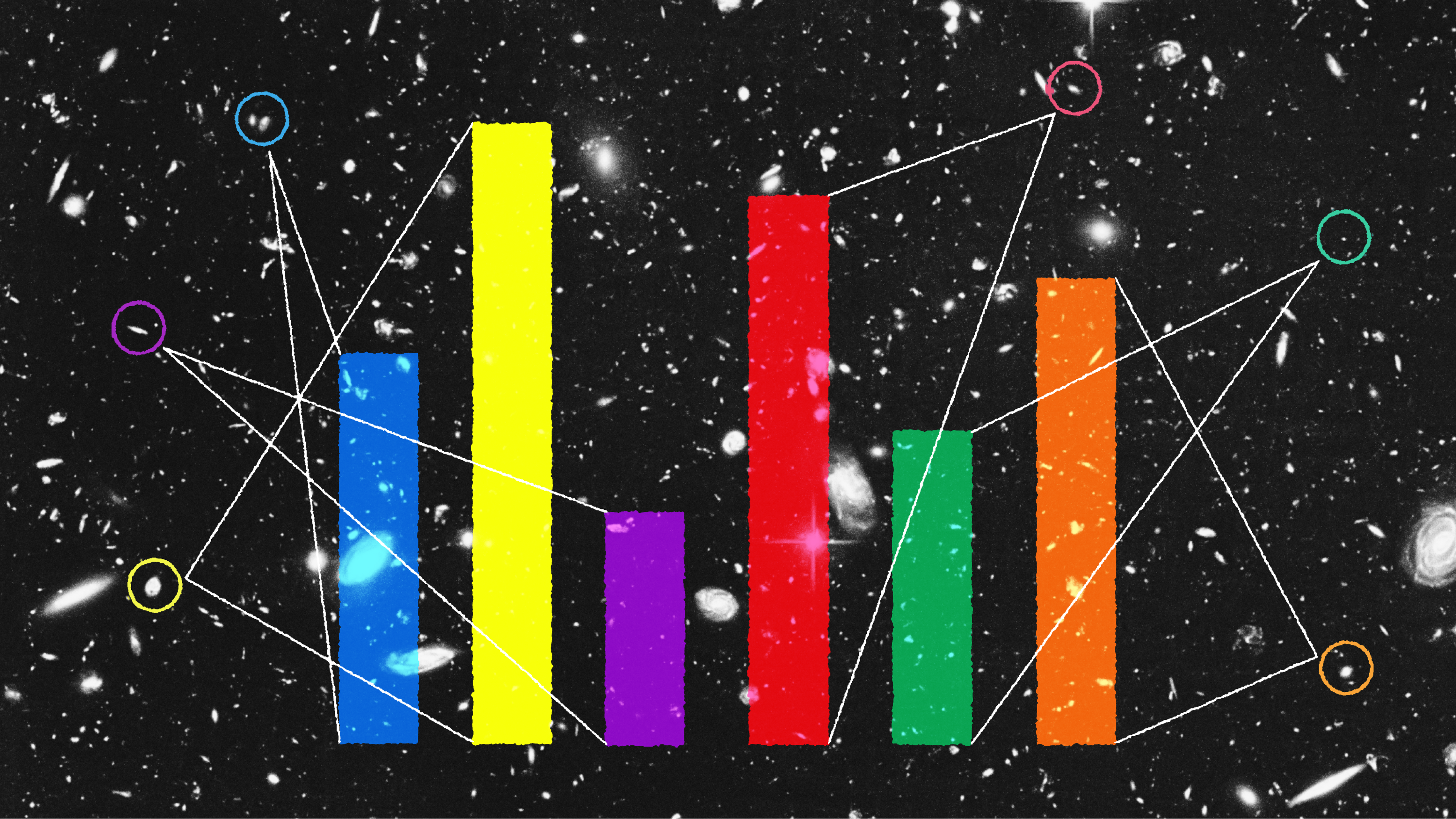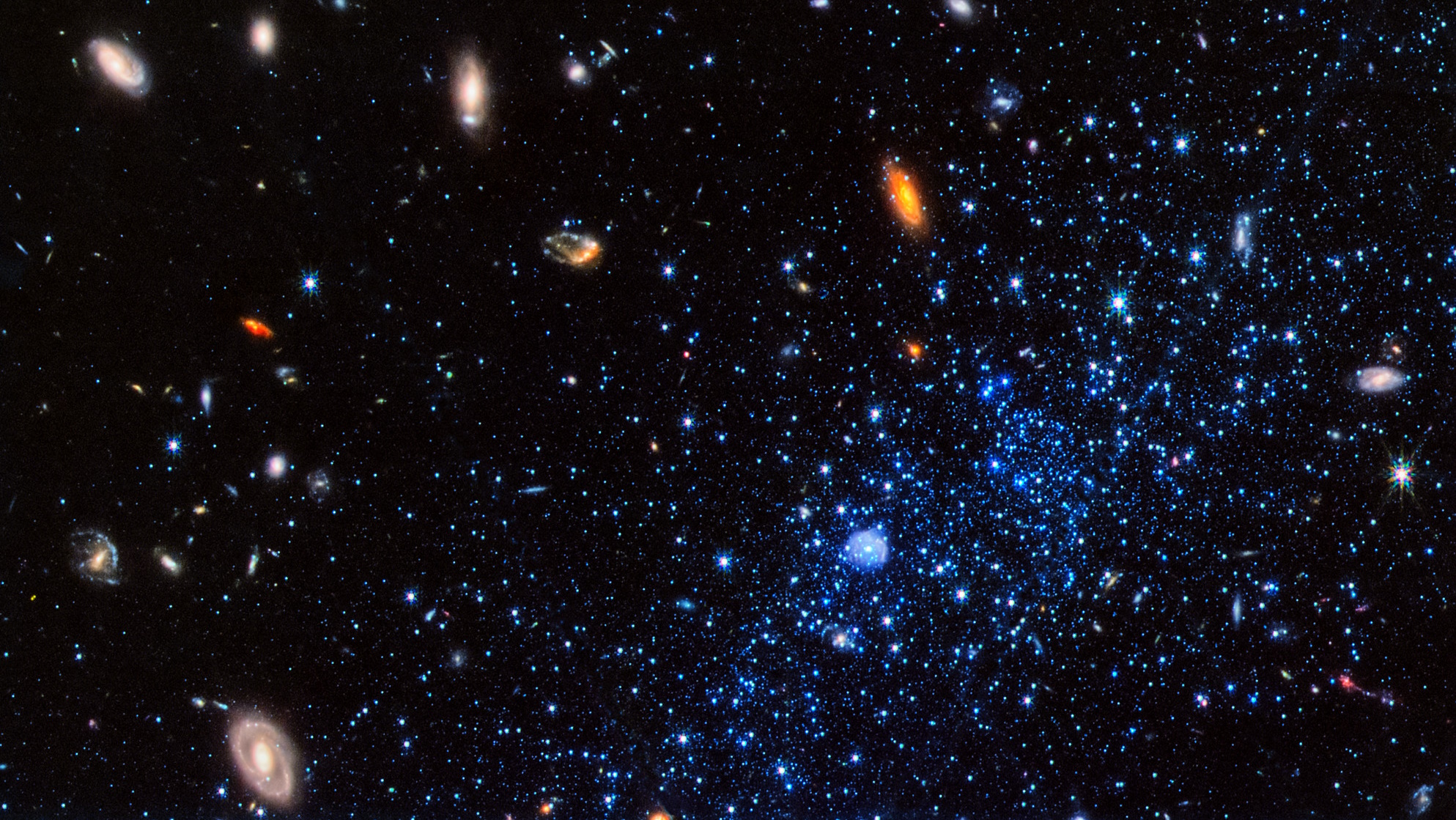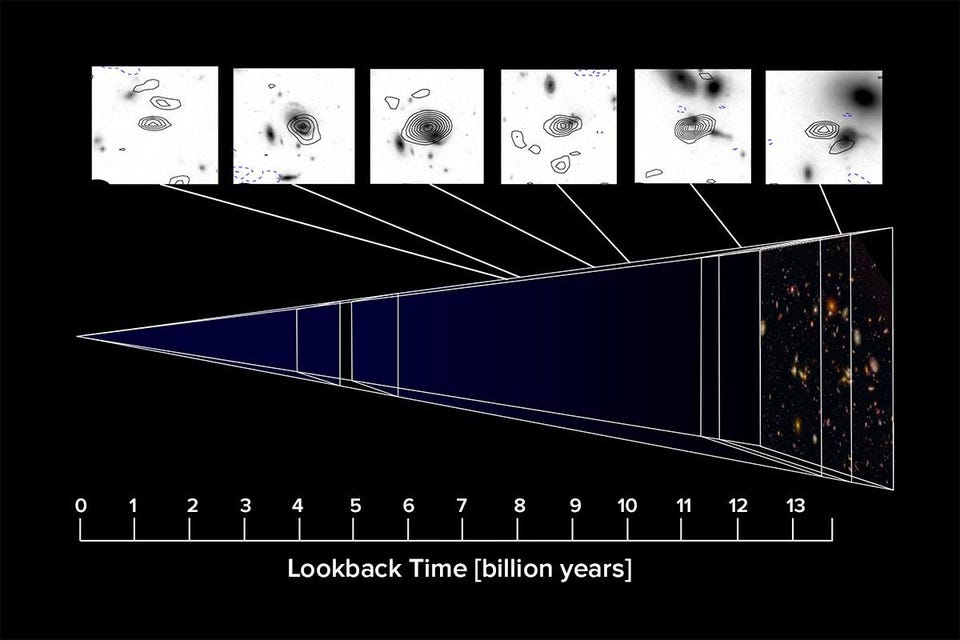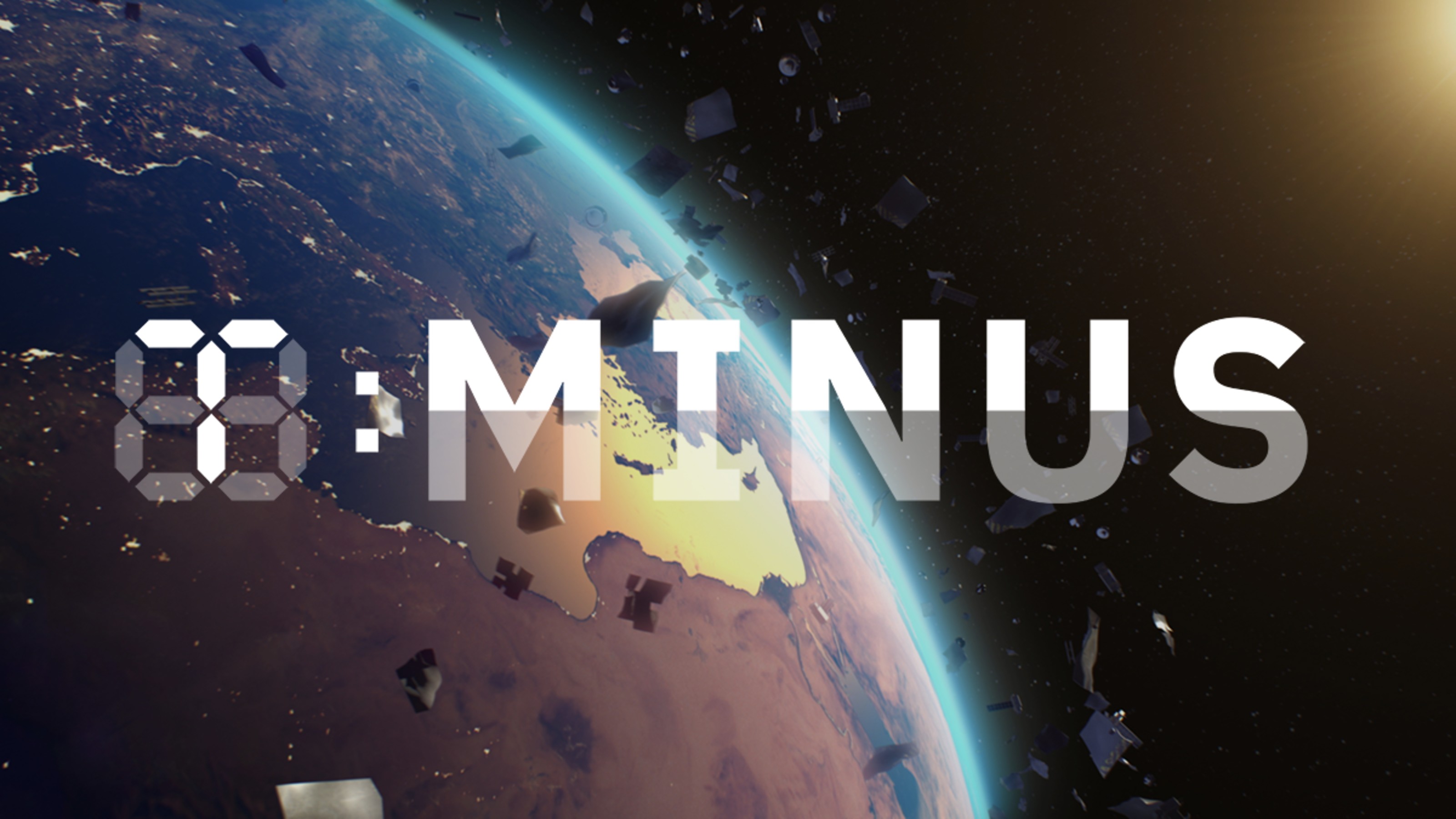Carl Sagan was far from the first to declare we are the children of ancient stars.
Search Results
You searched for: Telescope
The closest known star that will soon undergo a core-collapse supernova is Betelgeuse, just 640 light-years away. Here’s what we’ll observe.
It was barely a century ago that we thought the Milky Way encompassed the entirety of the Universe. Now? We’re not even a special galaxy.
Astronomers have been looking for radio waves sent by a distant civilization for more than 60 years.
On July 12, 2022, JWST will release its first science images. Here are 5 ways the telescope’s findings could change science forever.
Archaeologists can learn how societies lived by studying what they left behind when they died. Astronomers are doing much the same thing.
Scientists can make substantial progress without fully understanding exactly what they’re doing.
With JWST, Chandra, and gravitational lensing combined, evidence has emerged for the earliest black hole ever. And wow, is it a surprise!
2023 will see the launch of new rockets, the return of OSIRIS-REx, and a mission to Jupiter that could help us find extraterrestrial life.
2022 was another busy year in the realm of science, with groundbreaking stories spanning space, materials, medicine, and technology.
“I hope we take a mindset where we are willing to look for weird life in weird places.”
Figuring out the answer involved a prism, a pail of water, and a 50 year effort by the most famous father-son astronomer duo ever.
Hubble revolutionized astronomy more than once. Here’s what we can expect from the James Webb Space Telescope.
Mike Bechtel, chief futurist with Deloitte Consulting LLP, joins Big Think for a wide-ranging look at what’s next — and why.
With a finite 13.8 billion years having passed since the Big Bang, there’s an edge to what we can see: the cosmic horizon. What’s it like?
Seven years ago, an outburst in a distant galaxy brightened and faded away. Afterward, a new supermassive black hole jet emerged, but how?
Since dark matter eludes detection, the mission will target sources of light that are sensitive to it.
For 550 million years, neutral atoms blocked the light made in stars from traveling freely through the Universe. Here’s how it then changed.
Astronomy’s roots rest in the very origins of humanity. We have always looked to the skies for answers. We are starting to get them.
Explore how the study of exoplanets is transforming our understanding of ocean formation.
Unexpected images of galaxies from the James Webb Space Telescope do not disprove the Big Bang. There are other likelier explanations.
From the present day all the way to less than 400 million years after the Big Bang, we’re seeing how the Universe grew up like never before.
“If we find just one other example of biology out there, then life is not an accident.”
The Big Bang theory is not threatened, but astrophysicists have some explaining to do.
The standard model of cosmology has a big new problem: Some galaxies seem to be too old.
Scientists just viewed one of the tiniest, most isolated, lowest-mass galaxies ever found with JWST. Despite all odds, it’s still growing.
Former spacewalker Mike Massimino tells Big Think how NASA missions shaped great leaders.
Einstein’s relativity teaches us that time isn’t absolute, but passes relatively for everyone. So how do telescopes see back through time?
Experts answer 10 big questions about the nightmare scenario that could send us back to the pre-Space Age.
Space weather poses a tremendous threat to all satellites, knocking all computer systems offline. Is that a recipe for Kessler syndrome?
